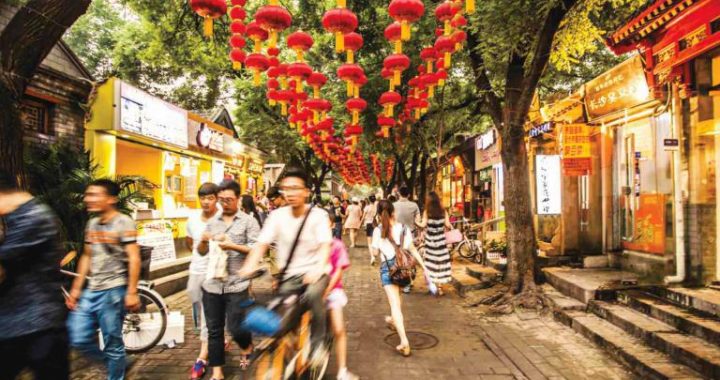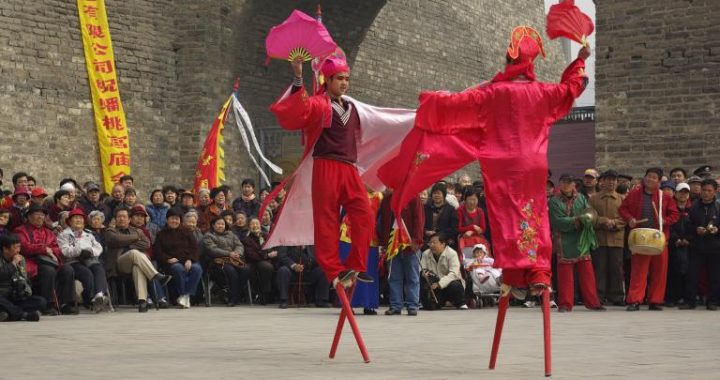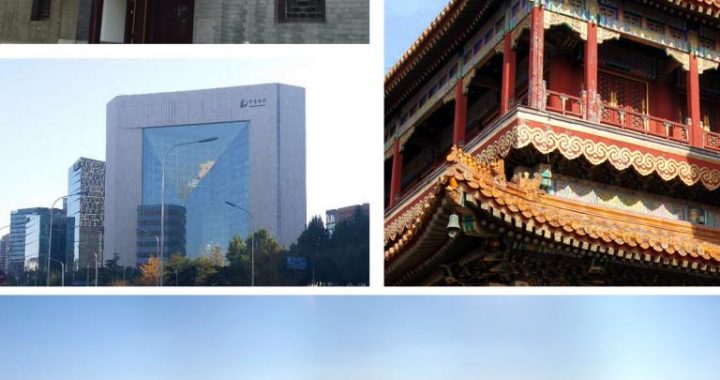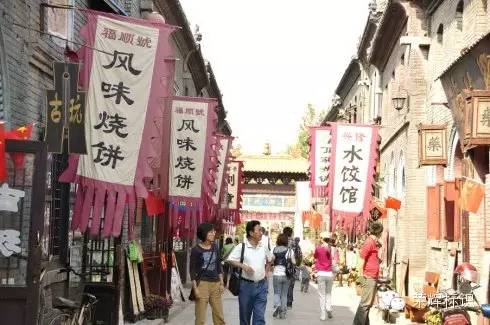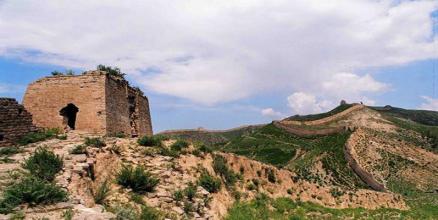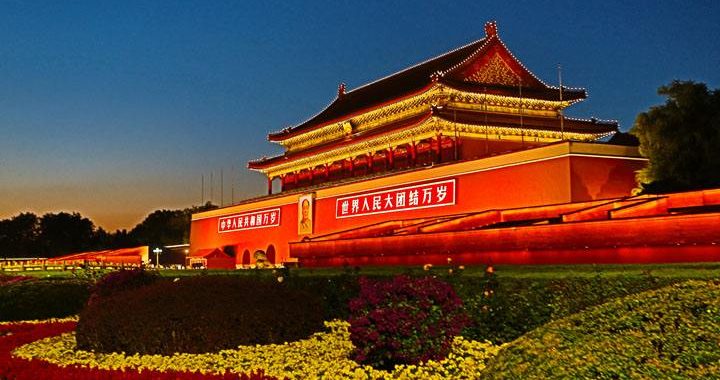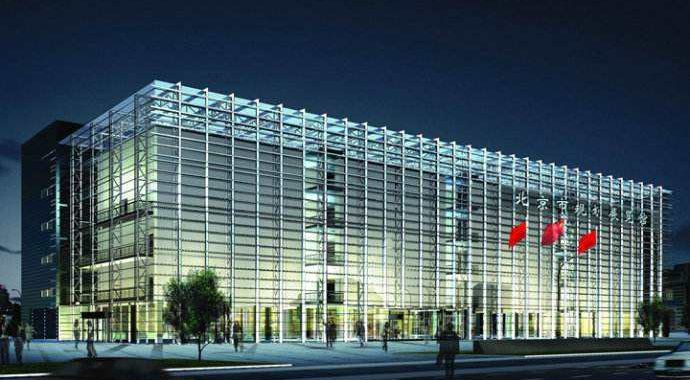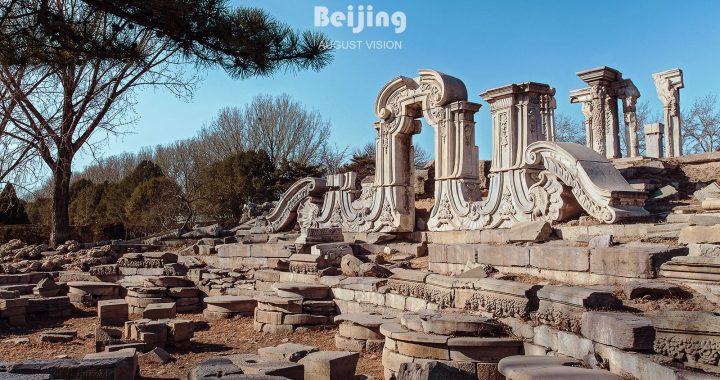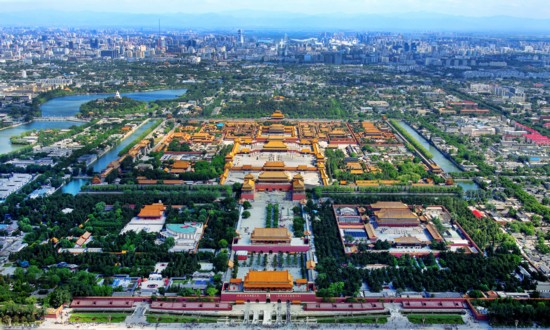Buddha of Fixed Light Sarira Pagoda
4 min readBuddha of Fixed Light Sarira Pagoda, located at the north of Tongzhou District of Beijing, is grand, erect, elegant and majestic. It is the landmark of the northern point of the Grand Canal between Beijing and Hangzhou, and also seen as the symbol of Tongzhou for thousand of years.
It was built more than 1400 years ago in the Northern Zhou dynasty (557) during the Northern and Southern dynasties in worship of Buddha of Fixed Light, one of the Buddha in Buddhism legends and the teacher of Sakyamuni. It is said that when he was born, he shined brightly all over as a lamp. After his nirvana, his followers dispatched his sarira to pagodas in different areas so as to lighten the world forever. It is said that indeed there are sarira and Buddha teeth in this pagoda.
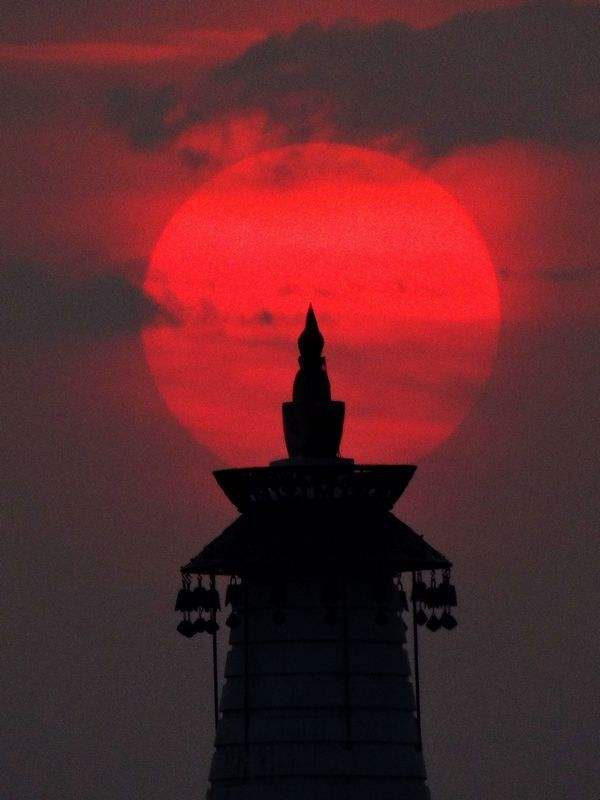
But whether they belong to Buddha of Fixed Light is hard to define and open to investigation.
According to historical records, in the ancient time, this Sarira Pagoda was covered with colored glazed tiles and bricks on the surface. Delicate patterns were also carved on the base and body part at that time. However, due to the long histor and natural or man-made calamities, the colored glazes all peeled off in the Ming dynasty. Although the pagoda was renovated in the Tang, Yuan, Ming and Qing dynasties, its original appearance cannot recover any more.
This Sarira Pagoda stands on the north and faces to the south. It is a solid octagonal multieaved pagoda in brick and wooden structure. The whole pagoda consists of three parts:a base,a body and a pinnacle.
There is a two-layered octagonal throne of Mt. Sumeru on the big and tall base. Patterns of animals, figures and flowers are carved on each side of the throne.
Some of the patterns gather tightly together and some others scatter with a distanc away. These carvings are varied in appearance and vivid in image. They are in the typical construction style in the Liao dynasty. Brick bracket sets in imitation of wooden structure are built on the throne of Mt. Sumeru, supporting the platform above it. Reliefs of animal heads baring their teeth, and patterns of unique precious formed flowers are carved on the walls of the bracket sets. The base is surrounded by brick railings and on the railings carved patterns of flowers, curling grasses, swastika and triangles. Above the railings, there are three layers of huge opening lotus petals made of bricks. The lotus petals of this Sarira Pagoda are especially large compared to the petals of other pagodas. Besides, there are stamensand pistils intricately carved on the top layer of the petals. Seen from a distance away, the body part of this pagoda is sitting gracefully in a huge lotus, beautiful and elegant.
The first story of the body part is octagon, with an arched door opened on each of the east, west, south and north sides. The doors are false ones made of brick in imitation of wooden structure except those on the south side which are made of wood and decorated with golden animal head applique doornails. On the upper part of the arched door, patterns in typical style of the Tang dynasty are decorated. There isan upright rhombuses false window on each of the other four sides. Both the gates and the windows are painted in red. There is a semi-circular stone pillar at the corner of the body part. Smooth and clean as it is, it bears no decorations. The eaves are located on the first story of the body part. Their rafters are made of cypress, with a bronze bell hanging under each rafter. Another two big bronze bellshang under the tip of the ridges. These bells are varied in shapes. Some are soundesilvery while others are sounded deeply. There are all together 2248 bells hanging under the 13 layers of eaves.
There is a monolayer octagonal throne of Mt. Sumeru under the pinnacle, with a huge two-layered opening-lotus-like base and another three-layered opening-lotus-like base carved on it. In the middle of the base is an engraved round bronze pinnacle, above which seven layers of bronze wheels are built. An iron pole runs through in the middle of the wheels and engraved yuanguang (a kind of pattern shaped like lights) and yangyue(a kind of pattern shaped like a full moon) are decorated on the pole. Four bronze precious pearls are put on its top. The pinnacle is linked to the eight ridges on the top of the pagoda with eight iron chains so as to make it more stable. The entire pinnacle is unique in modeling, delicate in structure. It is of first class among all the pinnacle constructions in the Liao dynasty.
Buddha of Fixed Light Sarira Pagoda is not only used to worship this Buddha, it has another magic and kind of superstitious usage-suppress the evil spirits.
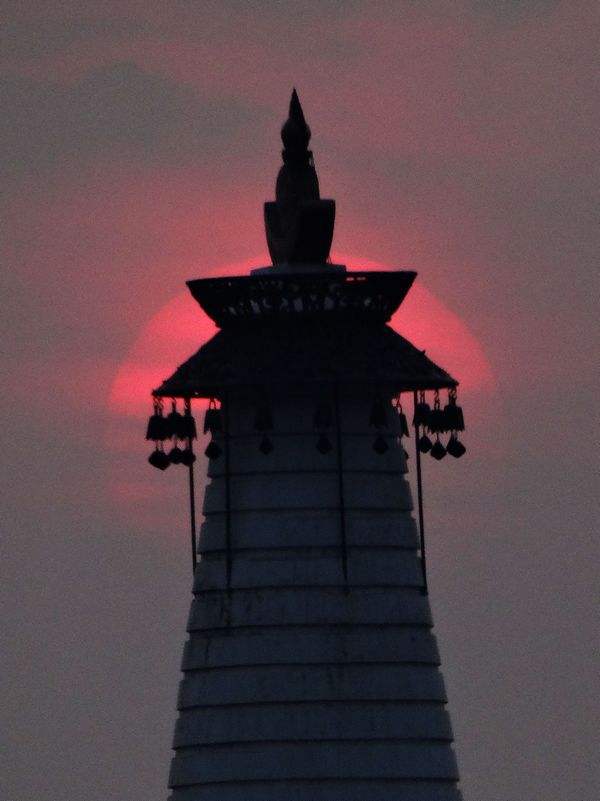
According to the local citizens, there used to be a deep well under the pagoda, in which a big catfish lived. In the early time when this pagoda was not built yet, th catfish always brought trouble to people. It stirred up the waters, made the water swelling above the mouth of the well, submerging the lands and houses around so that the people in Tongzhou area suffered a lot. Later, they built up a pagoda above the we11 and tied the catfish to the bottom of the pagoda with an iron chain. From then on, people lived in peace and contentment with no troubles any more.
